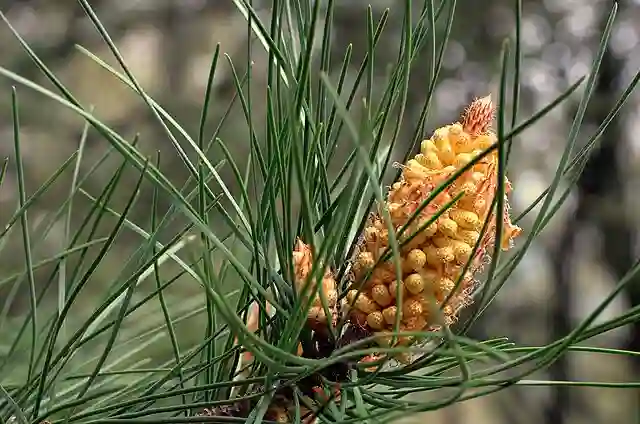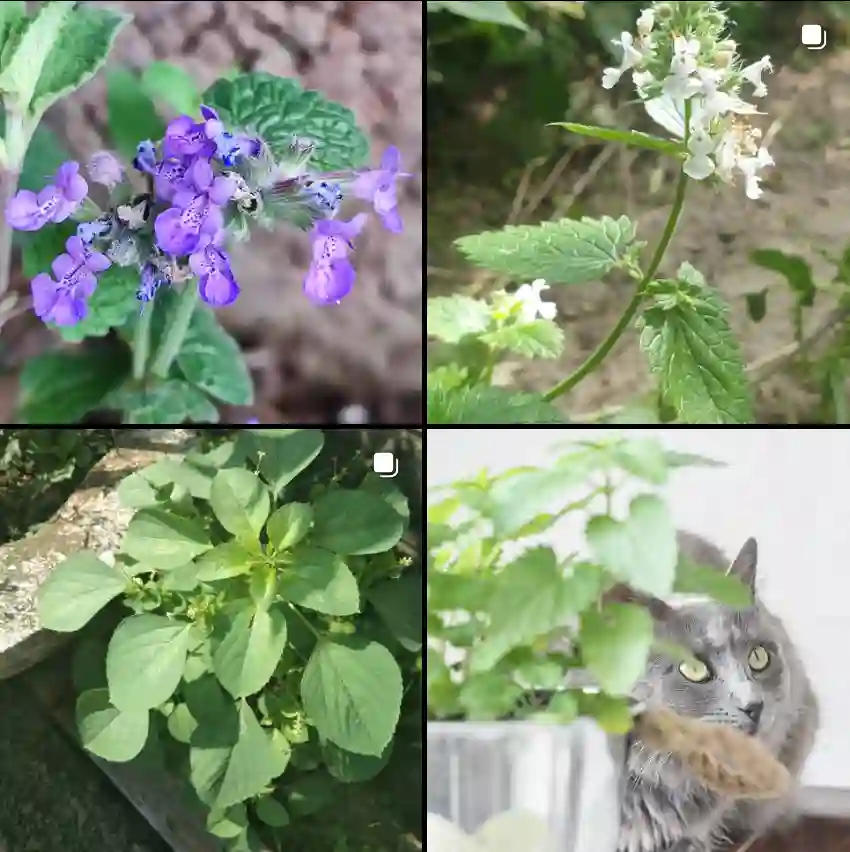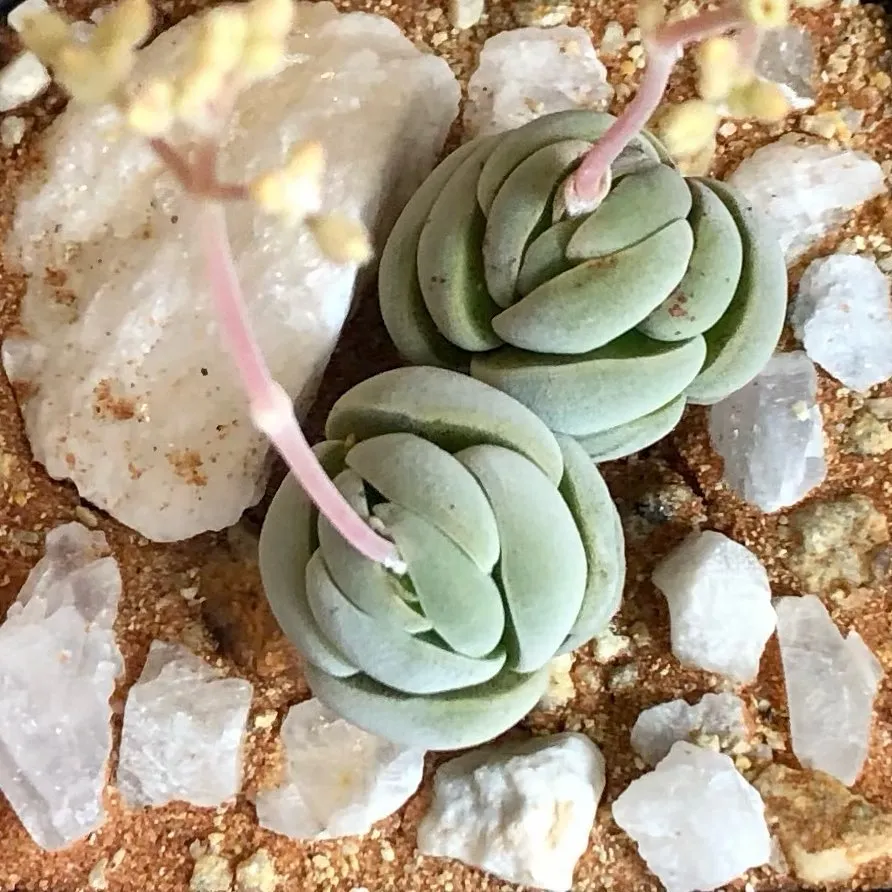Carex Praegracilis: A Low-Maintenance Beauty for Your Garden
As a landscape designer, I’m always on the lookout for plants that offer both visual appeal and practicality. Carex praegracilis, also known as clustered field sedge, has become a favorite in my toolbox. This low-maintenance perennial ticks all the boxes: attractive, adaptable, and requires minimal fuss.
Intrigued? Let’s delve deeper into the world of Carex praegracilis and explore its potential in your garden.
2324 Species in Genus Carex
What is Carex Praegracilis?
Carex praegracilis is a North American native sedge that boasts fine, grass-like foliage. It forms a graceful clump, reaching heights of 6-12 inches depending on the variety. The thin, green blades add a textural element to gardens, swaying gently in the breeze.
Unlike its close relative, Carex pansa, Carex praegracilis grows taller and spreads more vigorously. This characteristic makes it a fantastic groundcover, smothering weeds and preventing erosion.
Why Choose Carex Praegracilis?
There are several reasons to consider Carex praegracilis for your garden:
- Low-maintenance: This sedge thrives on neglect. Once established, it requires minimal watering and doesn’t demand frequent feeding.
- Adaptable: Carex praegracilis tolerates a wide range of soil conditions, from moist to well-drained. It even handles some alkalinity, making it suitable for areas with challenging soil.
- Versatile: Whether you crave a vibrant green carpet in your meadow, a textural contrast in your flower bed, or an eco-friendly alternative to turfgrass, Carex praegracilis delivers.
- Wildlife-friendly: This native plant provides habitat and food for butterflies and beneficial insects.
How to Care for Carex Praegracilis?
As mentioned earlier, Carex praegracilis is a low-maintenance champion. Here’s what you need to know:
- Watering: Water deeply during the first growing season to establish the roots. After that, occasional watering, especially during prolonged dry spells, is sufficient.
- Light: Carex praegracilis thrives in full sun to part shade.
- Soil: While adaptable, it performs best in moist, well-drained soil.
- Fertilization: Feeding is unnecessary in most cases. If your soil is particularly poor, a light application of organic fertilizer in early spring can be beneficial.
- Pruning: Simply remove spent flower stalks in late fall or early spring to maintain a tidy appearance.
How to Propagate Carex Praegracilis?
There are two main ways to propagate Carex praegracilis:
- Division: The easiest method is division in early spring or fall. Simply dig up a mature clump, carefully divide it into sections with at least a few growing points, and replant them in your desired locations.
- Seeding: While less common, starting Carex praegracilis from seed is possible. However, germination rates can be variable. Seeds require a period of cold stratification, so sow them outdoors in the fall or winter for spring emergence.
What to Plant with Carex Praegracilis?
Carex praegracilis complements a variety of plants. Here are some ideas:
- Perennials: Combine it with colorful perennials like daylilies, bee balm, or coneflowersPlant FAQs: Coneflower for a vibrant display.
- Grasses: Ornamental grasses like feather reed grass or blue fescue create a textural harmony.
- Shrubs: Low-growing shrubs with colorful foliage, like potentilla or spirea, add another layer of interest.
Conclusion: Embrace the Beauty of Carex Praegracilis
Carex praegracilis is a versatile and low-maintenance plant that deserves a place in your garden. Its adaptable nature, low water needs, and attractive foliage make it a winner for both novice and experienced gardeners alike. So, consider incorporating this native beauty into your landscape and enjoy its year-round appeal.
If i die, water my plants!



